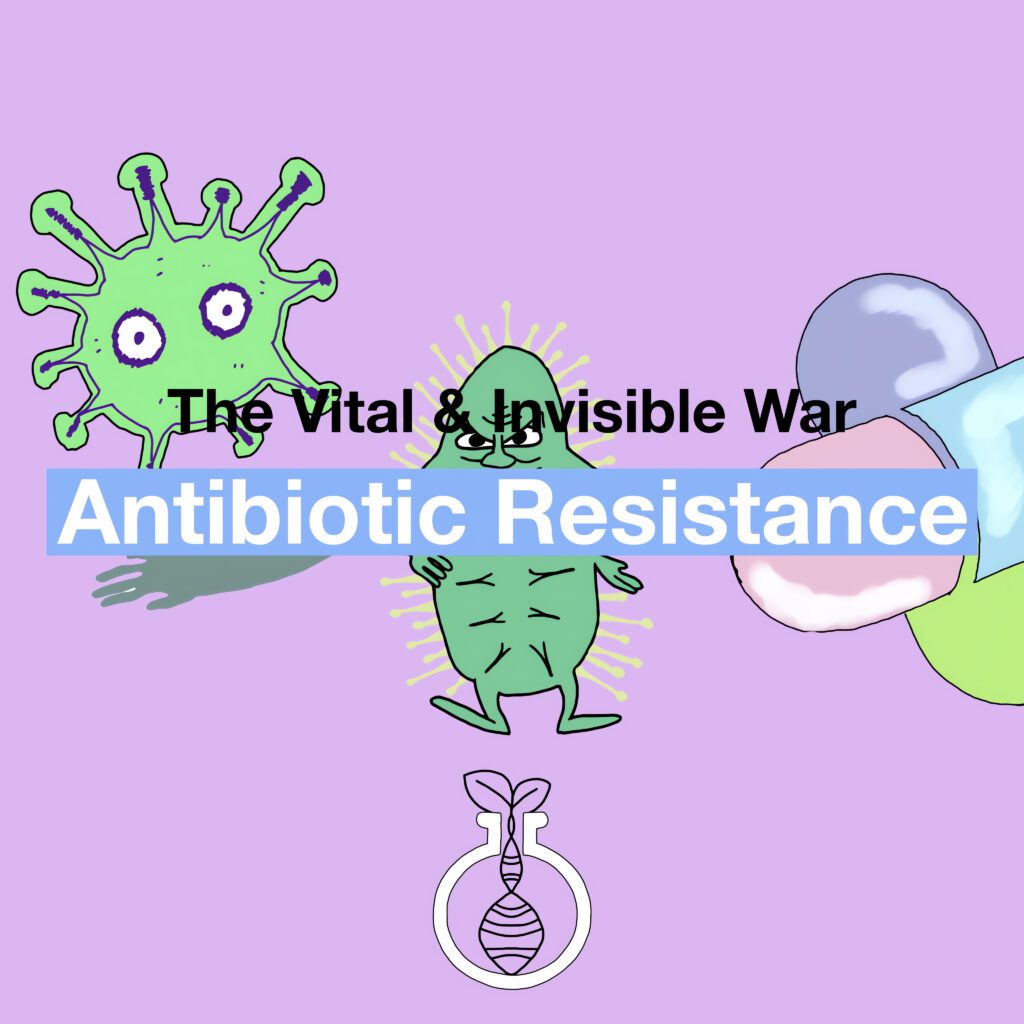Imagine a world where a car runs out of fuel, but instead of pulling over to fill up, it keeps driving, seemingly defying the rules of physics. Now, swap the car for a human body and the fuel for blood. This analogy hints at the promise of artificial blood, an innovation that could one day transform emergency medicine, surgery, and even space exploration. But what exactly is artificial blood? And how close are we to using it in everyday life?
Let’s dive into this fascinating topic and explore how science is working to build a backup plan for one of our body’s most vital resources.
The Lifeblood of Life
Blood is an extremely complex substance. More than just a red fluid flowing through our veins, it’s the lifeline that keeps every organ, muscle, and tissue afloat. Blood, which is made up of red blood cells, white blood cells, platelets, and plasmas, carries oxygen to our cells, helps defend against infections, and heals wounds. This balance is highly fragile, and when this balance is disrupted by injury, illness, or surgery, the body can face a life-threatening crisis.
That’s where blood transfusions come in. But what happens when there isn’t enough donated blood available, or the right match can’t be found? Enter artificial blood—the concept of creating a substitute that can mimic some of the functions of real blood. It sounds like science fiction, but scientists are working to turn this vision into a reality.


What Exactly Is Artificial Blood?
When we talk about artificial blood, we’re not talking about recreating blood in its entirety. Instead, scientists are focusing on the most critical – the ability to carry oxygen. Most of the artificial blood products being developed today are designed to replace or supplement red blood cells. These products are called oxygen carriers and are divided into two main categories, hemoglobin-based and perfluorocarbon-based. If you ask what these structures are?
Hemoglobin-based Oxygen Carriers (HBOCs)
These are made from hemoglobin, the protein in red blood cells that grabs onto oxygen and delivers it throughout the body. The challenge here is to take hemoglobin out of its natural cell environment and still keep it stable and functional. Researchers have tried using hemoglobin from human blood, cows, and even genetically engineered bacteria.
Perfluorocarbon (PFC) Emulsions
This might sound like something out of a chemistry lab—and you’d be right. PFCs are synthetic compounds that can dissolve enormous amounts of oxygen. When injected into the bloodstream, they work like tiny oxygen sponges, absorbing oxygen from the lungs and releasing it to tissues. It’s a completely different mechanism from hemoglobin but just as promising.


Why Do We Need Artificial Blood?
So, why go through all this effort? Isn’t donated blood enough? Well, not always. Here’s why:
Blood Shortages
Hospitals are constantly managing blood shortages. In emergencies, trauma situations, or natural disasters, the demand can outstrip the supply. Artificial blood could be stored long-term and used whenever and wherever it’s needed.
Compatibility Issues
Finding a perfect match for a blood transfusion can be tricky, especially with rare blood types. Artificial blood products, which wouldn’t have the same antigens, could work for everyone—regardless of blood type.
Disease Transmission
Despite rigorous screening, there’s always a slight risk of transmitting infections through donated blood. Artificial blood could eliminate this risk altogether.
Battlefield and Remote Use
Imagine being on a battlefield or deep in space with no access to a blood bank. Artificial blood, can be stored at room temperature .


The Road Ahead: Challenges and Promises
While the idea of artificial blood is tantalizing, it’s still far from perfect. One of the biggest challenges is the complexity of real blood. Red blood cells aren’t just oxygen carriers—they also remove carbon dioxide, help regulate pH levels, and have a unique structure that allows them to navigate the narrowest blood vessels. Replicating all these functions is a monumental task.
There’s also the question of safety. Some early versions of artificial blood caused side effects like inflammation, high blood pressure, or tissue damage. It’s one thing to make an oxygen carrier, but it’s another to ensure it works harmoniously within the human body.
Despite these hurdles, progress is being made. There have been clinical trials, some successful and others less so, but each step brings us closer to a world where artificial blood could become a reliable option in hospitals and emergency settings.
Could Artificial Blood Replace Donors?
It’s tempting to think that one day artificial blood could fully replace the need for blood donations. But the reality is, we’re not there yet. While artificial oxygen carriers may one day take over in specific situations—like during surgery or in trauma cases—real blood’s other components (like platelets and plasma) still play critical roles in healing and immune defense.
For now, the best way to ensure a steady supply of blood is through donations. So, while the quest for artificial blood continues, the humble act of donating remains one of the most powerful ways to save lives.


The Future of Blood
For now, artificial blood stands as one of medicine’s most exciting frontiers—a high-stakes challenge that has the potential to redefine how we think about healthcare, survival, and even human endurance.
In the end, the creation of artificial blood isn’t just about science and technology. It’s about hope. The hope that one day, no one will ever have to face the terrifying words, “we’re out of blood.”




My name is Ali Emre Cabadak, a dedicated biology enthusiast currently pursuing my studies at Marmara University, where I am majoring in Bioengineering. As a passionate advocate for scientific discovery and innovation, I am the founder of Biologyto. My goal is to bring the wonders of biology closer to everyone and inspire a new generation of thinkers and innovators. Through Biologyto, I aim to write scientific articles that delve into the fascinating world of biology, sharing insights and discoveries that inspire curiosity and innovation.





